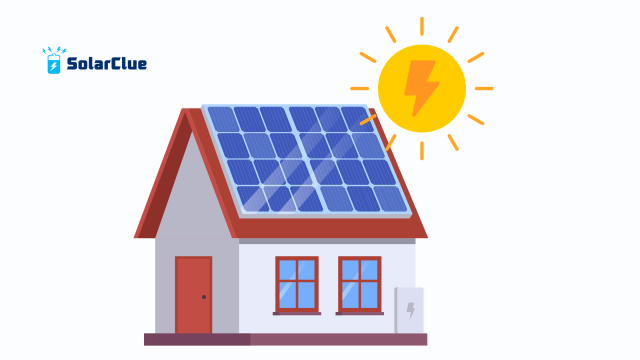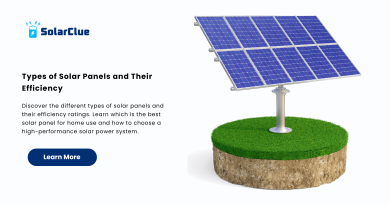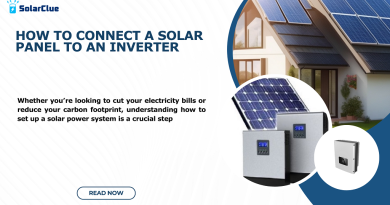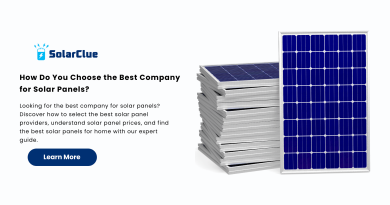How Excess Solar Power Reaches the Grid from Your Roof?
Have you ever wondered what happens when your solar panels generate more electricity than your home consumes? How Excess Solar Power Reaches the Grid from Your Roof? Understanding this process not only showcases the marvels of modern energy systems but also helps homeowners optimize their solar power system investments. This article demystifies how excess Solar Energy gets transferred from rooftop solar panels to the main power grid, including its path through transformers.
Table of Contents
- 1 What Happens When Solar Panels Generate Excess Electricity?
- 2 Components of a Grid-Connected Solar Power System
- 3 Role of the Inverter in Feeding Power to the Grid
- 4 How Electricity Passes Through the Transformer
- 5 The Journey to the Main Power Grid
- 6 Net Metering: How You Benefit
- 7 Safety Protocols in Grid-Tied Systems
- 8 Impact on Your Electricity Bill
- 9 How Utilities Manage Incoming Solar Power
- 10 Why Transformer Technology Matters
- 11 The Importance of Solar Panel Efficiency
- 12 Environmental and Financial Benefits
- 13 Choosing the Best Solar Panel
- 14 How SolarClue Helps You Go Solar
- 15 Why Solar Panels Are a Smart Investment
- 16 Future of Solar Power in Residential Homes
- 17 Conclusion
- 18 FAQs
What Happens When Solar Panels Generate Excess Electricity?
When your solar panel for home system produces more power than you need, the surplus energy doesn’t go to waste. Instead, it is fed back into the grid—a process called “net metering.” This allows you to earn credits or compensation from your electricity provider.
Components of a Grid-Connected Solar Power System
To fully understand how the excess power reaches the grid, it’s crucial to know the components involved:
Inverter
It converts DC (direct current) from your solar panels into AC (alternating current), which is usable by your home and the utility grid.
Meter
This records how much energy you use from and feed into the grid.
Transformer
This adjusts the voltage of electricity before it’s transmitted over long distances.
Role of the Inverter in Feeding Power to the Grid
The inverter acts as the brain of your solar power system. When excess electricity is available, it senses that the home’s energy demand is met and then pushes the extra power into the grid.
How Electricity Passes Through the Transformer
After conversion to AC, the electricity flows to a transformer. Contrary to popular belief, a transformer doesn’t block the flow of power. Instead, it facilitates two-way power transmission. It either steps down or steps up voltage depending on direction—ensuring safe and efficient delivery of electricity.
The Journey to the Main Power Grid
Once the electricity is transformed to the appropriate voltage level, it continues on through distribution lines to the utility’s main grid. This seamless integration supports the broader energy ecosystem.
Net Metering: How You Benefit
Net metering tracks your electricity contribution. When your solar panel system produces more than needed, the meter runs backward. This system ensures you only pay for the net energy consumed.
Safety Protocols in Grid-Tied Systems
Modern solar power systems include automatic disconnects to prevent power from being sent to the grid during outages—a feature called “anti-islanding.”
Impact on Your Electricity Bill

With excess electricity fed into the grid, homeowners often experience significantly reduced electricity bills. This is a compelling reason why many opt for the best solar panel for home use.
How Utilities Manage Incoming Solar Power
Utilities use smart grid technology to manage varying electricity input. They ensure balance between demand and supply, maintaining grid stability even when many homes are feeding in solar power.
Why Transformer Technology Matters
Transformers in solar setups are bi-directional. This means they support both inflow and outflow of electricity—ensuring energy from your solar panels smoothly enters the grid.
The Importance of Solar Panel Efficiency
Higher solar panel efficiency ensures more electricity is generated per square foot. This means greater potential to send excess electricity to the grid.
Environmental and Financial Benefits
Beyond savings, feeding solar electricity back into the grid reduces dependence on fossil fuels. This enhances sustainability and supports cleaner energy for all.
Choosing the Best Solar Panel
When selecting the best solar panel, consider efficiency, durability, and manufacturer reputation. A quality panel ensures maximum performance and long-term savings.
How SolarClue Helps You Go Solar
Whether you’re looking for the best solar panel for home or exploring solar energy options, SolarClue has everything you need. Visit solarclue.com to get expert guidance.
Why Solar Panels Are a Smart Investment
From reducing your carbon footprint to saving money, solar panels offer numerous advantages. Choosing a grid-tied system with net metering maximizes these benefits.
Future of Solar Power in Residential Homes
With advancements in technology and policy support, more homes are expected to adopt solar power systems. The grid will increasingly become a two-way street.
Conclusion
How Excess Solar Power Reaches the Grid from Your Roof? Understanding your solar panel system interacts with the transformer and the grid empowers you to make smarter energy decisions. By efficiently feeding excess electricity into the grid, you not only reduce bills but also contribute to a sustainable future. So, if you’re ready to experience the full solar panel benefits, don’t wait—explore your options now with SolarClue. Visit blog.solarclue.com for more in-depth solar insights!
FAQs
1. Can all homes send excess solar energy to the grid?
Only homes with grid-tied solar power systems and net metering agreements can do so.
2. Is net metering available everywhere?
No, availability depends on your local utility and state or national regulations.
3. Do I need a special inverter for feeding electricity to the grid?
Yes, a grid-tied inverter is required to convert DC to AC and synchronize with the utility grid.
4. What happens during a power outage?
Most grid-tied systems shut down to prevent electricity from backfeeding into the grid for safety reasons.
5. How can I increase the efficiency of my solar system?
Use high-quality solar panels, ensure optimal panel placement, and keep them clean for maximum output.
Looking to take the next step? Visit our website and make your solar journey smarter, greener, and more affordable—only at solarclue.com!




